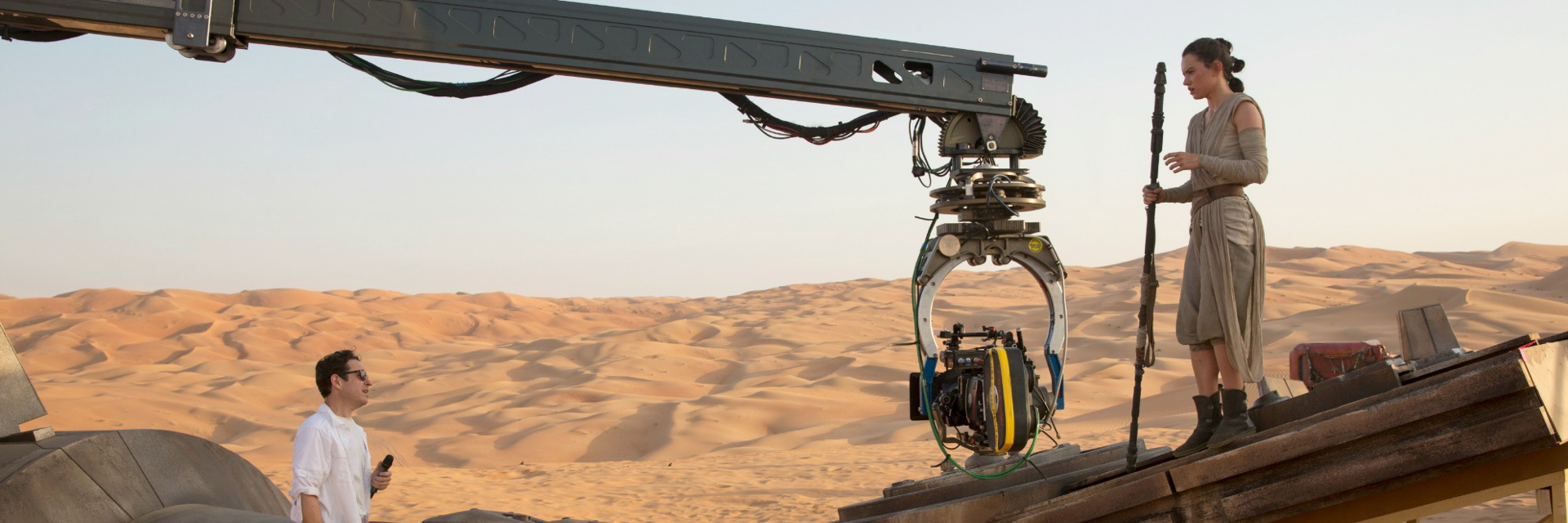Groundbreaking 3D telecasts of the Olympics, continued commitment to coverage of major American pro and collegiate sports, and a plethora of British programming including the Queen’s Christmas message has earned Panasonic Corp of North America, ESPN 3D, and Sky 3D recognition by Variety and 3DHollywood.net as 3-Difference Makers in 3DTV for 2012.
Panasonic Corp of North America
 Having previously pioneered 3DTV production through telecasts on its DirecTV n3D channel of original music programs and major sporting events such as U.S. Open tennis and the Major League Baseball All-Star game, Panasonic Corp of North America partnered with NBC Sports Group last summer to present the first-ever 3D broadcast of the London 2012 Olympic Games. In addition to one-day delayed telecasts on n3D, more than 240 hours of Games’ ceremonies and competitions were also offered to most other U.S. TV distributors via cable, satellite, and telco representing 80% of all TV households. Among the major distributors were AT&T, Cablevision, Comcast, Cox Communications, Time Warner Cable, and Verizon.
Having previously pioneered 3DTV production through telecasts on its DirecTV n3D channel of original music programs and major sporting events such as U.S. Open tennis and the Major League Baseball All-Star game, Panasonic Corp of North America partnered with NBC Sports Group last summer to present the first-ever 3D broadcast of the London 2012 Olympic Games. In addition to one-day delayed telecasts on n3D, more than 240 hours of Games’ ceremonies and competitions were also offered to most other U.S. TV distributors via cable, satellite, and telco representing 80% of all TV households. Among the major distributors were AT&T, Cablevision, Comcast, Cox Communications, Time Warner Cable, and Verizon.
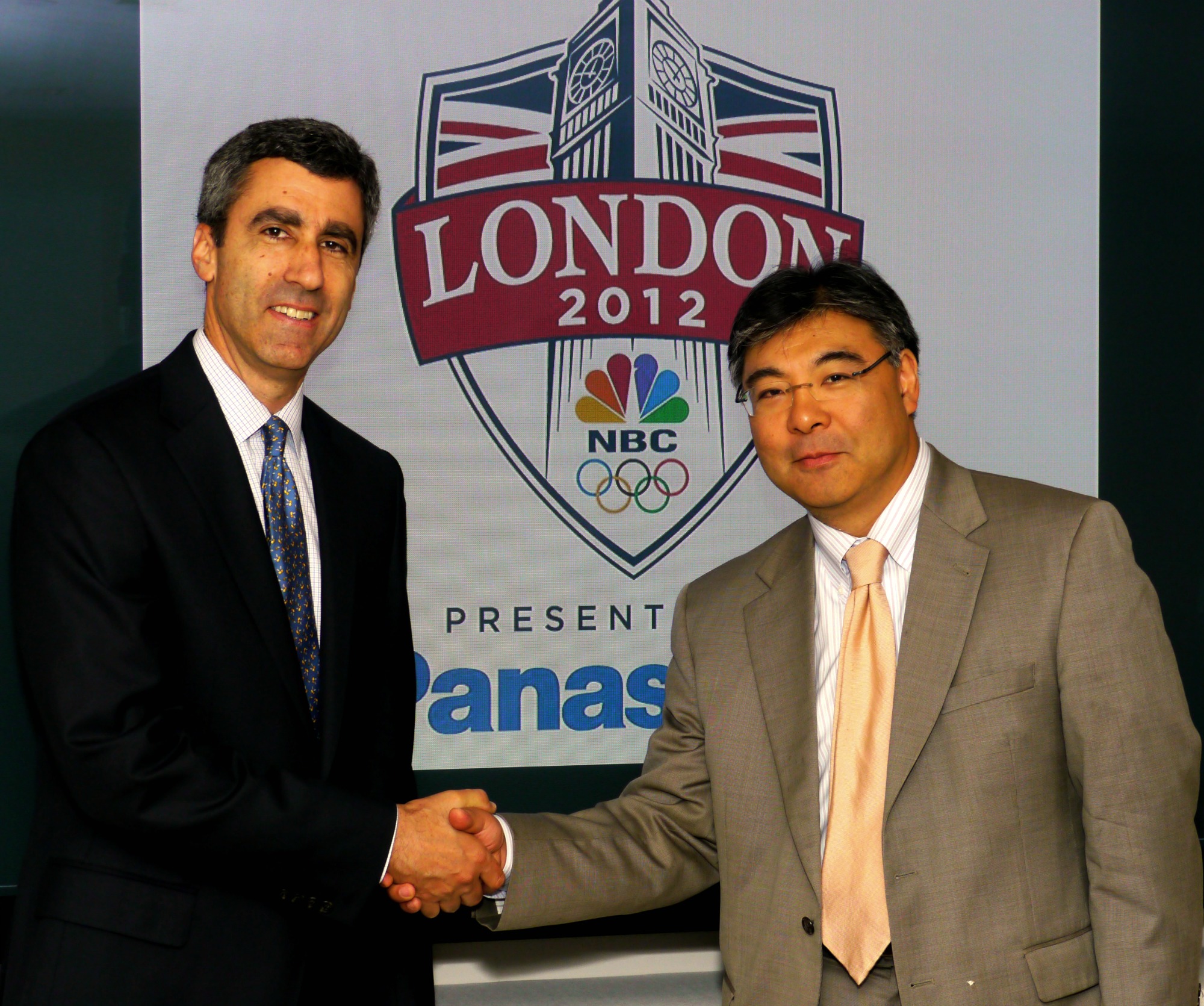
Panasonic, a longtime official Olympic sponsor and NBC’s exclusive flat-panel HDTV and Blu-ray Disc Player advertiser for the London Olympic Games, partnered with the International Olympic Committee and Olympic Broadcasting Services for 3D full HD production of the Games. Coverage with Panasonic’s 3D equipment including the AG-3DP1, a P2HD twin-lens HD 3D camera recorder, included 12 daily hours of U.S.-oriented 3D programming introduced by Bob Costas such as the Opening and Closing Ceremonies; gymnastics; track and field; diving; swimming; bicycle racing; and much more.
“We’ve always thought that the drivers of 3D(TV) will be those types of programming that really benefit from the consumer feeling that they are really there, almost embedded within the action itself,” says Eisuke Tsuyuzaki, Panasonic CTO of Panasonic, North America.
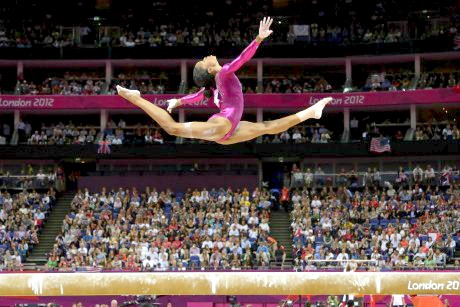
Among the 3D highlights of the Games cited by 3DHollywood.net were the helpful distinct visual separation between gymnasts and the crowds during parallel bars and balance beam events, and a dramatic low-angle shot of record-setting swimmer Michael Phelps stepping out of a corner of the pool. Also noted was increased visual effectiveness of the long-jump competition and enhanced visual perspective in tight shots of groups of long distance runners. Especially effective was the 3D photography of canoe and kayak events, with dramatically improved perception of whether the watercraft were going through the correct side of gates, and impressive low angle shots through the rapids that made viewers feel as if they were riding tandem.

ESPN 3D
Two years after launching in June 2010, ESPN 3D continued to be the dominant producer and broadcaster of original 3DTV programming in the U.S. in 2012 with the BCS National Championship game, the Masters, Wimbledon, the FIFA World Cup, X Games, dozens of college football and basketball games, the State Farm Home Run Derby and much more.
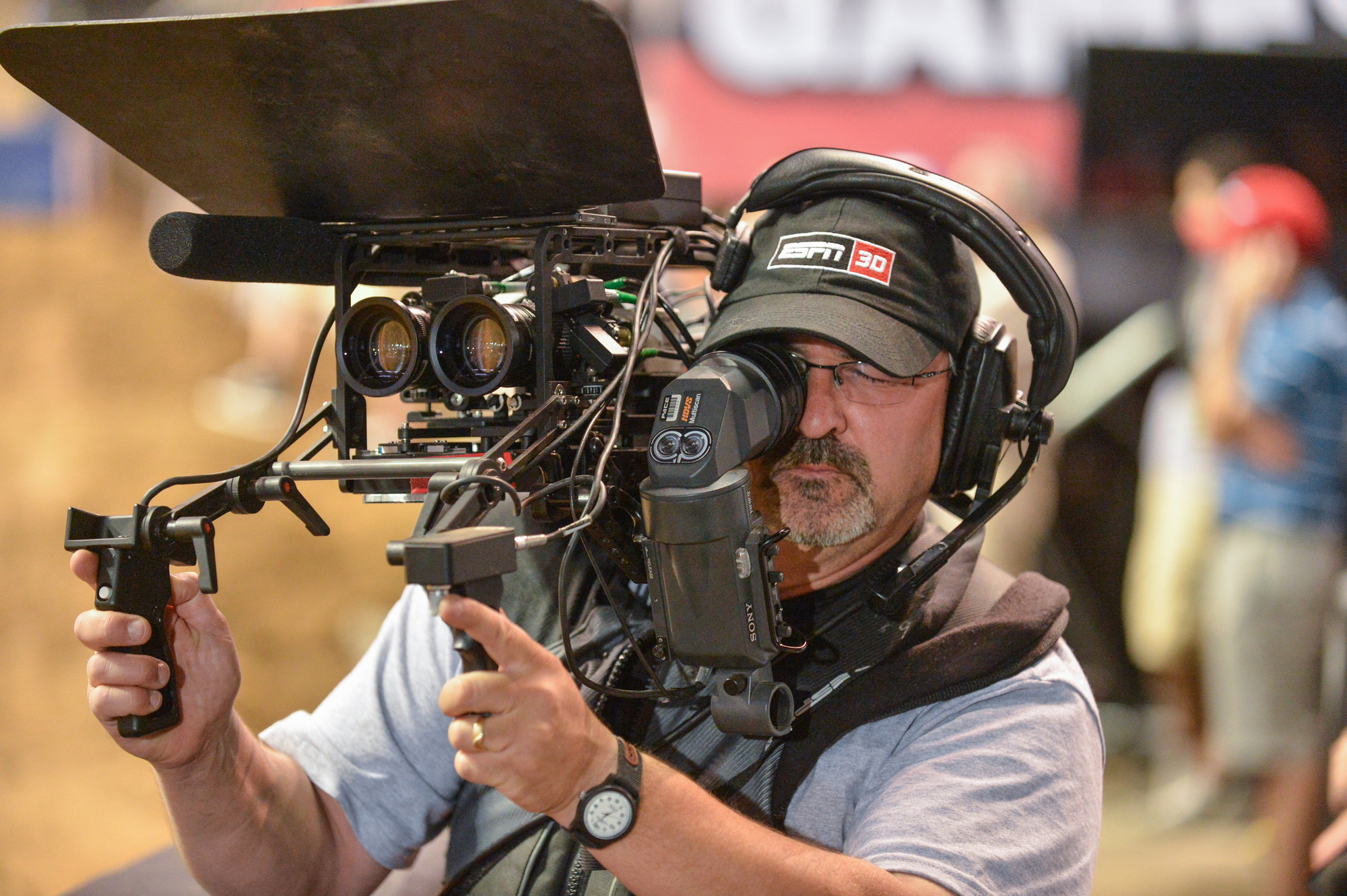
The network is now available in more than 70 million homes through affiliation agreements with cable, satellite and telco distributors including Comcast, DirecTV, Time Warner Cable, Cox Communications, Verizon Fios, and Bright House.
In late 2012 parent network ESPN included its 3D network in new college football TV broadcast rights agreements, including the championship. On Dec. 31, ESPN owner The Walt Disney Company announced that ESPN 3D is included in a new, expanded, long-term agreement for Charter Communications to distribute about 70 Disney, ABC, and ESPN branded programming services, the sixth such expanded renewal deal with a top ten distributor.
“3D is a prime example of the innovation that continues to drive our company,” says Bryan Burns, VP at ESPN, who leads the company’s business strategy team for ESPN 3D. We’re still in the early days but nobody in sports knows more about 3D than ESPN, and fans tell us they believe it enhances their viewing.”
Sky 3D
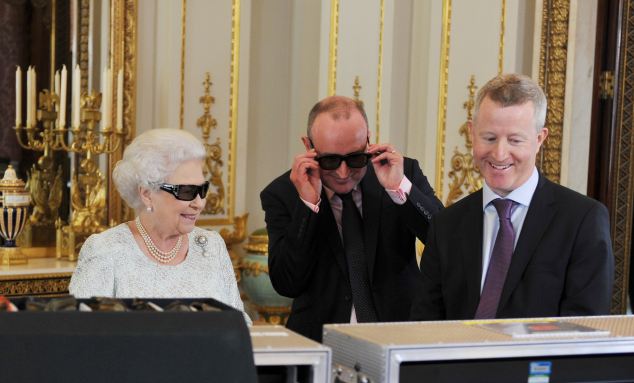
Sky 3D, first launched in British pubs and clubs in April 2010 after 18-months of testing, continued with numerous firsts in 2012, including last month’s historic 3D production of the Queen’s Christmas Message, the Queen’s Diamond Jubilee, and more than 100 hours of last summer’s London Olympics in partnership with Eurosport 3D.
“The year of 2012 has been a memorable one for the UK with (the Queen’s) Diamond Jubilee and the London Olympics so, naturally, there is worldwide interest in how (3D) will look,” says John Cassy, Director, Sky 3D. “To be able to help convey (the Queen’s Message) in a way that hadn’t been experienced before was something that our Sky News channel was understandably very excited about.”
<Story continues following short video highlights of the Queen’s message below…>
The 3D arm of British Sky Broadcasting continued to showcase the best 3D films and produce live 3D coverage of sports such as Premier League Football; the award-winning coverage of the Ryder Cup from Medinah, Illinois in conjunction with the Cameron Pace Group; two weeks of coverage of the French Open Grand Slam Tennis tournament in partnership with Eurosport 3D; The Heineken Cup Final; Aviva Premiership Final; FA Cup Final, Capitol One Cup; The Masters Golf; boxing; and cricket matches. Sky 3D, which debuted in consumer homes in October 2010, has produced more than 200 live sports events in less than three years.

But Sky 3D provides more than coverage of sports and royal events to parent BSkyB, the largest pay TV programming provider in the United Kingdom and Ireland with more than 10 million subscribers.
“3D is the latest step in a journey that has seen us pioneer the UK’s adoption of digital and HD television,” says Cassy.
Sky also continued to produce more original non-fiction and entertainment programming in 2012, including landmark documentaries fronted by Sir David Attenborough. Sky produced its biggest nature docu series to date that premiered last week on Jan. 1, “David Attenborough’s Galapagos,” a three-part program featuring new macro and underwater filming techniques at the volcanic islands of the Pacific filled with exotic wildlife.
Sky also created two other 3D documentaries with Attenborough in 2012, the acclaimed “The Bachelor King” and “Kingdom of Plants,” as well as three days of live award-winning coverage from the Isle of Wight Music Festival in June, and the first 3D coverage of the Goodwood Festival of Speed classic and luxury car show in the UK, including the hill climb race.
In 2012, Sky 3D won the International 3D Society’s Award for Outstanding Achievement in Televised Live Sports for its presentation of the Champions League Final.
3DTV in 2013 and Beyond
Panasonic’s Tsuyuzaki, who spearheaded the June, 2010 launch of n3D on DirecTV, believes that in addition to regularly scheduled sports, nature programs, and 3D feature films presented with equal impact at home, programming that will help drive 3DTV viewers includes “major sporting events, such as the Olympics, and spectacles, such as the opening and closing ceremonies…”
Despite the many additional challenges of 3DTV as compared with the rollout of HDTV – costlier and more complicated production and consumers required to wear glasses –
Tsuyuzaki notes that 3DTV has been adopted more quickly than HDTV, the latter of which took five years to sell half-a-million sets in the U.S., compared with seven million 3D-capable HD sets sold in the first four years. Worldwide sales of 3DTVs have catapulted from 1 million in 2008 to 51 million units at the end of 2011, with projections of 226 million cumulative sales by 2019, according to DisplaySearch/NPD.
With these numbers, 3DTV is quickly approaching mass market penetration, according to Tsuyuzaki, who says becoming a part of the mainstream is critical for success. 3D has quickly become one of many technologies automatically built-in to most HDTVs along with wireless Internet connectivity and SD card inputs. The first 3D broadcast of the Queen’s annual Christmas message last month to billions of viewers in the UK and across the Commonwealth was “a major milestone for consumer acceptance,” he says.
Although viewership levels for 3DTV are low, which is typical of the early years of new networks and technological formats, ESPN also remains committed to the platform for a variety of reasons.
“It’s not our M.O. (Method of Operation) to wait for a business model to emerge, then play catch-up,” says Burns. Projections of 30 million U.S. homes with 3D-capable TVs within two years is encouraging to the company, according to Burns, as is the global adoption of 3DTV, which is now represented with more than 40 TV networks offering 3D programming worldwide. Likewise, the success of 3D in theaters, with about 50 more 3D films slated for release in 2013 in the U.S. alone.
“We have to put 3D in front of consumers,” says Burns, adding that the company is monitoring technologies, such as tablets and mobile phones, which could potentially display 3D content. “Our mantra is to make content available to sports fans on the best available screen.”
Tsuyuzaki says word-of-mouth will also help as the next generation of lightweight, stylish, and less expensive glasses have been produced by Panasonic and other manufacturers. The higher resolution of new “Ultra HD” (4K) sets should allow manufacturers to offer the first option of using passive glasses to enjoy 3D in full HD resolution instead of the active-shutter glasses with batteries that are now required to see full 1080 HD in 3D.
The increasing use of 3D in medical and academic applications, as well as commercial markets ranging from printing to energy research and the automobile industry, is embedding 3D as a part of our culture, according to Tsuyuzaki. The cumulative effect will leave consumers not only expecting but wanting 3D to be part of their lives, he says.
Panasonic did not renew its agreement this year to fund content for the n3D channel. But Tsuyuzaki says Panasonic remains committed to the technology and continues to offer more TV models with 3D capabilities.
“Now it’s up to the programmers to step up to the plate with additional exciting 3D programming, from sports to fiction to spectacles that become even more spectacular with 3D technology,” he said.
Cassy says Sky 3D will continue to expand the 3DTV market and “push the boundaries” in sports, movie, and entertainment programming in 2013, working with partners such as National Geographic and Discovery.
“At BskyB we relish the chance to drive adoption of new technology and also recognize that you need to be nimble about how you do it,” Cassy says. “Our customers tell us they love what they see but understandably they’d like to have more of it. The technology that makes 3D is still relatively early stage but it is improving very quickly and a combination of smaller and cheaper cameras, more nimble editing facilities and possibilities around high quality cost effective 2D to 3D conversion technologies point to a positive future.”
— By Scott Hettrick
